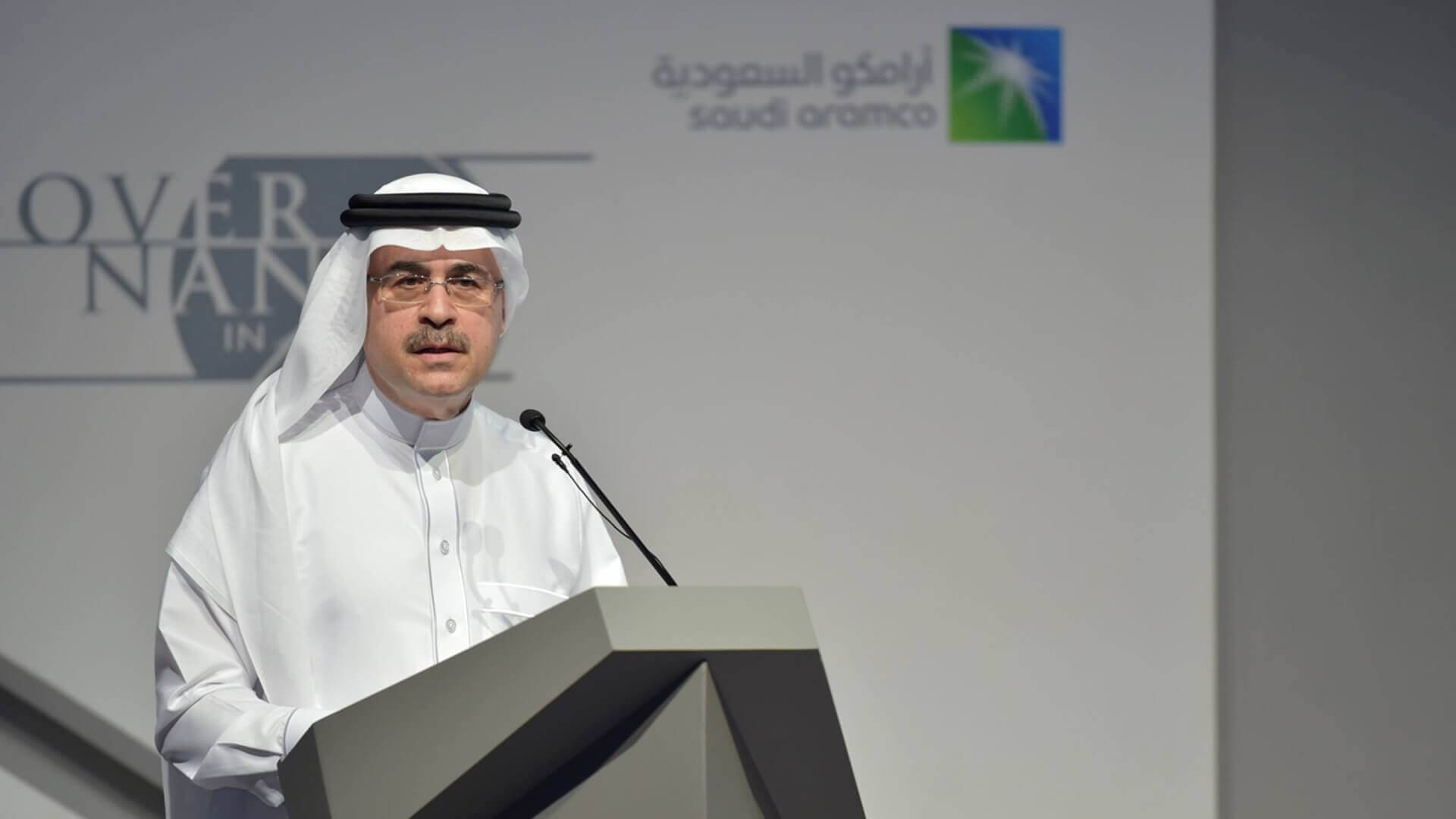Three Asian oil refineries have said that they expect the official selling price (OSP) for crude oil from Saudi Arabia to Asian countries to increase for a third straight month in August. This is because of rising benchmarks for oil pricing in the Middle East and a ‘rebound’ in margins in Asian refineries, according to industry sources.
While some sources expect the prices to rise just by 10-20 cents per barrel or remain flat, others believe that Aramco will roll its July prices over to the next month and may increase it by $1 to 3 per barrel.
On Tuesday, Amin Nasser, CEO of Aramco, said that he was optimistic about the demand for oil in the second half of this year, due to a higher than expected demand during worldwide coronavirus lockdowns. Highlighting that increasing demand has recovered production to around 90 million barrels per day (bpd), Nasser further said that expected reopenings of economies to travel and tourism will normalize oil deliveries and increase this number, provided there is no second wave of the virus or it is controlled. However, the International Energy Agency (IEA) has forecasted a more conservative figure for the rest of the year, predicting an average of 91.7 million bpd.
As oil prices took a massive beating following the lockdowns and travel shutdowns across the globe, American oil prices in April had even turned negative due to a lack of demand and storage space. A price war led by Russia and Saudi Arabia further battered the industry, forcing the OPEC+ to extend production cuts until 9.7 million bpd until the end of July. However, both Brent and the West Texas Intermediate, which are international benchmarks for oil pricing, rebounded in the last two months as economies started to ease restrictions—Brent is trading 91% higher than its April average, at around $41 a barrel.
Last week, Saudi Arabia’s Energy Minister Prince Abdulaziz bin Salman insinuated that the Kingdom’s aims to dominate the oil and gas market, claiming that Riyadh plans to become the world’s largest hydrocarbon producer by 2050. “I can assure that Saudi Arabia will not only be the last producer, but Saudi Arabia will produce every molecule of hydrocarbon and it will put it to good use … It will be done in the most environmentally sound and safe way and the most sustainable way,” he said. He also warned OPEC members of another price war if they fail to abide by the cartel’s agreed-upon production cuts.
Regarding the predictions for August, a source told Reuters, “Looking at market structure and margins, OSPs should go up, but actually refiners are not making much money now ... Prompt refining margins improved but forward margins still look lacklustre. If OSPs rise by $1-$2, [Asian] refiners will have a hard time.”
See also: What Does the Oil Collapse Mean for the Indian Economy?
In India, even as crude rates remain low in the global market, fuel prices at petrol stations continue to increase. In an apparent bid to improve the economy as lockdowns ease up, the Central Government is looking to collect a whopping 270% taxes on the base petrol price and 256% on diesel. “The revenue generated from these duties shall be used for infrastructure and other developmental items of expenditure,” an official said. However, while the official added that these duties will not impact consumers, this is evidently not the case. Petrol prices, although unchanged for the past three days in major metropolitan cities, are at an all-time high. In May, Saudi Arabia was India’s top oil supplier for a second consecutive month.
Image Source: Arabian Business

